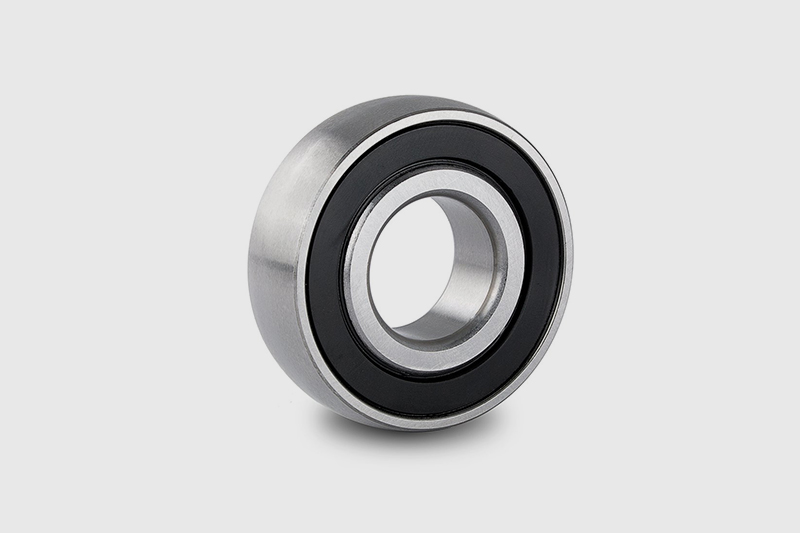Series 1600 Chrome Steel Deep Groove Ball Bearing
Product Overview The Series 1600 Deep Groove Ball ...
1. Bearing Type:
Insert bearings are available in diverse kinds, and every kind may also have specific lubrication necessities. The primary sorts of insert bearings consist of ball bearings, roller bearings, and round undeniable bearings. For instance, ball insert bearings are usually utilized in programs with fairly low loads and slight speeds. These bearings frequently come pre-lubricated and sealed, this means that they require much less frequent renovation. On the other hand, curler insert bearings are designed for heavier loads and may require extra frequent lubrication. Spherical undeniable bearings, commonly used in packages with misalignment, require periodic lubrication to keep their performance.
2. Application:
The working situations and environment wherein the insert bearing is used play a considerable function in determining the lubrication frequency. High-temperature, excessive-load, or excessive-pace programs might also require greater frequent lubrication. For instance, in agricultural machinery wherein insert bearings are commonly used, heavy-obligation packages along with tilling or plowing may additionally require greater frequent lubrication due to the tremendous masses and dynamic stresses involved. Similarly, conveyor systems with continuous high-pace operation will require regular lubrication to ensure easy functioning.
3. Lubrication Type:
Insert bearings can be lubricated with both grease or oil. Grease is a common desire for many programs because it offers lengthy-lasting lubrication and is much less prone to leakage. However, the selection of lubricant can also affect the lubrication c language. The consistency and viscosity of the grease or oil have to in shape the bearing's requirements and working conditions. For instance, high-temperature applications may require high-temperature grease or oil to maintain lubrication properties. It's important to observe the manufacturer's recommendations concerning the type of lubricant to make certain top of the line overall performance.
4. Operating Speed:
The pace at which an insert bearing operates has a right away effect at the lubrication requirements. Higher speeds generate more warmth and friction, main to quicker lubricant breakdown. As a end result, higher-velocity packages may necessitate greater frequent lubrication. For insert bearings in packages with various speeds, inclusive of enthusiasts or vehicles, it is important to do not forget the operational speed to determine the lubrication frequency accurately.
5. Environmental Factors:
The operating environment can introduce contaminants and challenges that have an effect on the lubrication agenda. Harsh environments, consisting of people with high degrees of dirt, moisture, or chemical exposure, can boost up lubricant degradation. Dust can infiltrate the bearing housing, to abrasive put on and the need for more frequent lubrication. Moisture can cause corrosion and, consequently, necessitate more safety and lubrication. In such environments, ordinary inspections and upkeep come to be even extra important to mitigate capability problems.
6. Manufacturer's Recommendations:
Manufacturers of insert bearings provide specific tips and pointers for his or her products. These suggestions are primarily based on substantial trying out and information of the bearing's layout and substances. Manufacturers specify the sort of lubricant, the frequency of lubrication, and different critical preservation practices. It's vital to strictly adhere to those hints to ensure the bearing's premiere performance and longevity. Deviating from the manufacturer's recommendations might also bring about untimely put on, overheating, or other problems that could compromise the bearing's functionality.
CS Inner Ring Ball Bearing Insert Bearing Series
